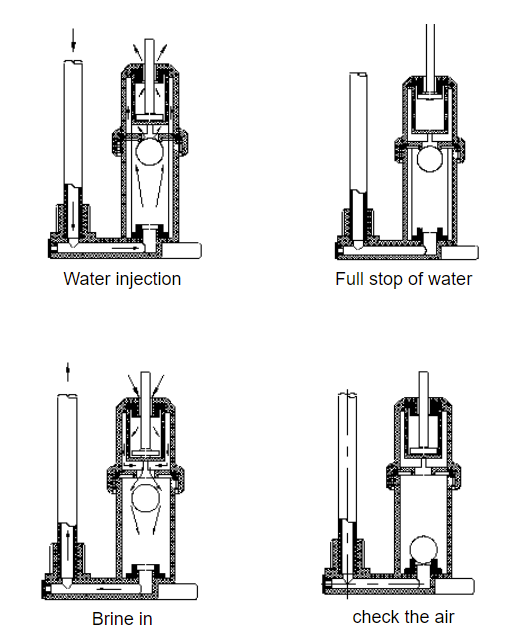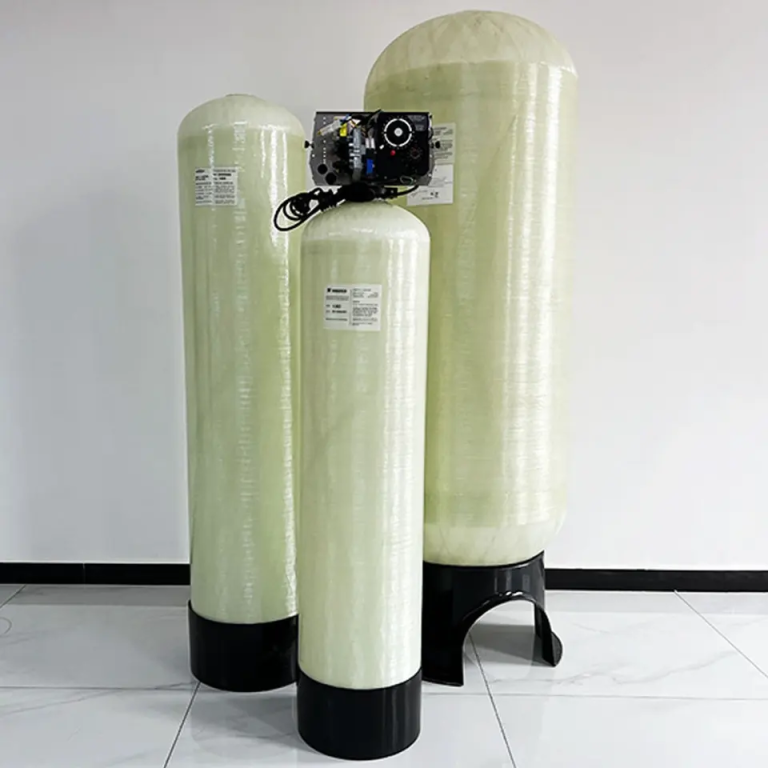“العكارة: مياه نقية، صحة صافية. مراقبة جودة المياه من أجل بيئة أكثر أمانًا.”
فهم التعكر: مؤشر رئيسي لجودة المياه
وضعت الوكالات التنظيمية مثل وكالة حماية البيئة (EPA) مبادئ توجيهية لمستويات التعكر في مياه الشرب لحماية الصحة العامة. توصي وكالة حماية البيئة بألا تتجاوز مستويات التعكر في مياه الشرب 0.3 وحدة دولية في أي وقت، وألا تتجاوز نسبة التعكر 1.0 وحدة دولية لأكثر من 5% من العينات في أي شهر. تساعد هذه الإرشادات على ضمان أن مياه الشرب آمنة وخالية من الملوثات الضارة.بالإضافة إلى المتطلبات التنظيمية، يمكن أن توفر مراقبة التعكر أيضًا معلومات قيمة حول الصحة العامة للنظم البيئية المائية. يمكن أن تشير المستويات العالية من التعكر إلى مشاكل التآكل والترسيب، والتي يمكن أن تؤثر على جودة المياه وموائل الكائنات المائية. من خلال مراقبة مستويات التعكر مع مرور الوقت، يمكن للباحثين ومديري الموارد تحديد الاتجاهات والمصادر المحتملة للتلوث، مما يسمح لهم باتخاذ إجراءات لحماية واستعادة جودة المياه.في الختام، يعد التعكر مؤشرًا مهمًا لجودة المياه التي يمكن أن يكون لها تأثيرات كبيرة على النظم الإيكولوجية المائية وصحة الإنسان. تعد مراقبة مستويات التعكر أمرًا ضروريًا لضمان سلامة مياه الشرب وحماية صحة الكائنات المائية. ومن خلال فهم أسباب وآثار التعكر، يمكننا العمل على الحفاظ على موارد المياه النظيفة والصحية للأجيال القادمة. Regulatory agencies such as the Environmental Protection Agency (EPA) have established guidelines for turbidity levels in drinking water to protect public health. The EPA recommends that turbidity levels in drinking water should not exceed 0.3 NTU at any time, and that turbidity should not exceed 1.0 NTU for more than 5% of samples in any month. These guidelines help to ensure that drinking water is safe and free from harmful contaminants.In addition to regulatory requirements, monitoring turbidity can also provide valuable information about the overall health of aquatic ecosystems. High levels of turbidity can indicate erosion and sedimentation issues, which can impact water quality and habitat for aquatic organisms. By monitoring turbidity levels over time, researchers and resource managers can identify trends and potential sources of pollution, allowing them to take action to protect and restore water quality.In conclusion, turbidity is an important indicator of water quality that can have significant impacts on aquatic ecosystems and human health. Monitoring turbidity levels is essential for ensuring the safety of drinking water and protecting the health of aquatic organisms. By understanding the causes and effects of turbidity, we can work towards maintaining clean and healthy water resources for future generations.
Regulatory agencies such as the Environmental Protection Agency (EPA) have established guidelines for turbidity levels in drinking water to protect public health. The EPA recommends that turbidity levels in drinking water should not exceed 0.3 NTU at any time, and that turbidity should not exceed 1.0 NTU for more than 5% of samples in any month. These guidelines help to ensure that drinking water is safe and free from harmful contaminants.In addition to regulatory requirements, monitoring turbidity can also provide valuable information about the overall health of aquatic ecosystems. High levels of turbidity can indicate erosion and sedimentation issues, which can impact water quality and habitat for aquatic organisms. By monitoring turbidity levels over time, researchers and resource managers can identify trends and potential sources of pollution, allowing them to take action to protect and restore water quality.In conclusion, turbidity is an important indicator of water quality that can have significant impacts on aquatic ecosystems and human health. Monitoring turbidity levels is essential for ensuring the safety of drinking water and protecting the health of aquatic organisms. By understanding the causes and effects of turbidity, we can work towards maintaining clean and healthy water resources for future generations.







